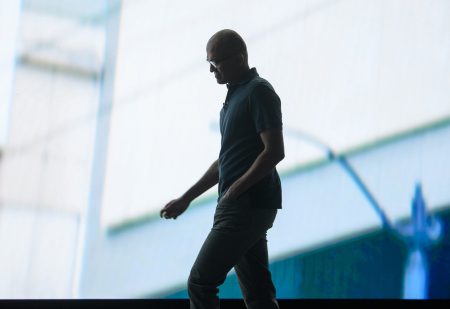Shai Gabay, the co-founder and CEO of Trustmi, is at the forefront of the battle against business payments security threats. Earlier this year, a real-life incident involving a deepfake attack on a finance worker within a multinational corporation highlighted the dangers of payment fraud attacks. According to a survey by JP Morgan, a majority of organizations, both large and small, have been victims of payment fraud attacks, with a high percentage attributed to business email compromise (BEC) attacks.
Advanced technologies like deepfake are being used by attackers to exploit vulnerabilities in enterprise systems and processes. The use of AI in fraud attacks allows attackers to scale up their operations, innovate continuously, and improve their efficiency over time. In response to these threats, organizations must understand attackers’ mindsets and recognize the weaknesses in their systems, people, and processes that can be targeted by cybercriminals.
Attackers often target partners and supply chain vendors as a way to gain easier access to their ultimate target within an organization. By impersonating a vendor through a business email compromise, attackers can manipulate financial information, request changes to payment details, and circumvent security protocols within the victim organization. Additionally, IT help desk and finance teams are commonly targeted due to their access to sensitive information and the pressure under which they operate.
To combat these evolving threats, defenders must also leverage AI-based solutions to enhance the security and resilience of their payment systems. By using AI to monitor and analyze the entire payment process, organizations can reduce the risk of fraud, improve detection capabilities, and respond faster to potential threats. Automation through AI can help streamline fraud detection processes, analyze transaction data in real-time, and prevent fraudulent activities by identifying anomalous patterns in payments and communications.
To get started in implementing AI-powered payment security solutions, organizations should invest in cybersecurity awareness training for their employees. Phishing awareness, deepfake awareness, and a security-conscious culture are essential components of a comprehensive cybersecurity strategy. When selecting vendors offering AI-powered solutions, organizations should consider scalability, performance, end-to-end visibility into the payment process, and enforcement capabilities to combat threats effectively and reduce manual work involved in compliance.
Overall, the use of AI in business payments security is not a cure-all solution but a powerful tool that can strengthen an organization’s defenses against evolving fraud attacks. By combining AI technology with employee education and a culture of security awareness, organizations can mitigate risks, detect vulnerabilities, and secure their payment processes effectively. The importance of collaboration and continuous innovation in the fight against payment fraud cannot be underestimated in today’s digital landscape.















